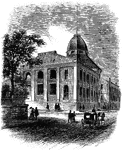
Gratiot Street Prison
The Gratiot Street Prison was an American Civil War prison located in St. Louis, Missouri and was the…

"Burnside Bridge," Antietam Creek
The bridge played a key role in the September 1862 Battle of Antietam during the American Civil War…

Atlanta, Georgia in 1874
An illustration of Atlanta, Georgia as depicted in 1874. Atlanta, GA is the capital and the most populous…

McLean's House: The Place of Lee's Surrender
The McLean residence, at the Appomattox Courthouse, where General Lee met with General Grant to sign…
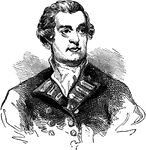
Marriott Arbuthnot
Admiral Mariot Arbuthnot was a British admiral, who commanded the Royal Navy's North American station…
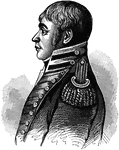
George Armistead
George Armistead was an American military officer who served as the commander of Fort McHenry during…
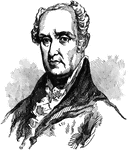
John Armstrong
John Armstrong was an American civil engineer and soldier who served as a major general in the Revolutionary…
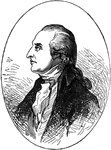
Benedict Arnold
(1741-1801) Soldier who betrayed his country to Britain during the American Revolutionary War.
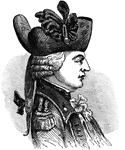
Capt. Charles Asgill
Captain Charles Asgill was a British prisoner during the American Revolutionary War and was the subject…

Georgia Crackers
An illustration of two Georgia Crackers, a term that refers to the original American pioneer settlers…
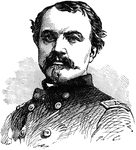
William Woods Averell
William Woods Averell was a career United States Army officer and a cavalry General in the American…
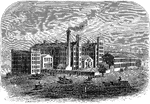
Cotton Mill
An illustration of a cotton mill in Columbus, Georgia. A cotton mill is a factory housing spinning and…
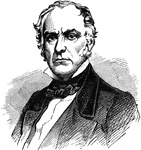
Edward Dickinson Baker
Edward Dickinson Baker (February 24, 1811 – October 21, 1861) was an English-born American politician,…
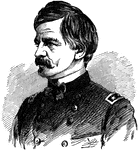
Nathaniel Prentiss Banks
He was an American politician and soldier, served as Governor of Massachusetts, Speaker of the U.S.…
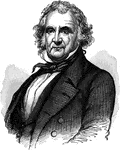
Jacob Barker
Jacob Barker (1779 – 1871) was an American financier and lawyer, born in Swan Island, Me., of…
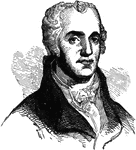
Joel Barlow
Joel Barlow (March 24, 1754 – December 26, 1812), American poet and politician, born in Redding,…
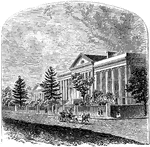
Marine Hospital
The United States Marine Hospital is a historic Greek Revival hospital building in Mobile, Alabama.…
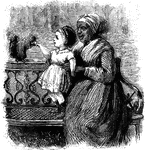
Woman and Child
An illustration of a African American woman holding a Caucasian child while sitting on a bench.
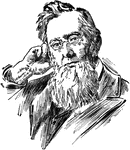
Frederick Augustus Porter Barnard
Frederick Augustus Porter Barnard was an American scientist and educationalist. He was the president…
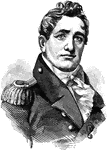
Joshua Barney
Joshua Barney was a commodore in the United States Navy, born in Baltimore, Maryland, who served in…
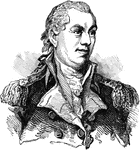
John Barry
John Barry was an officer in the Continental Navy during the American Revolutionary War and later in…
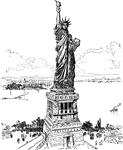
Bartholdi's Statue of Liberty in New York Harbor
Liberty Enlightening the World, commonly known as the Statue of Liberty, was presented to the United…
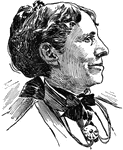
Clara Barton
Clarissa Harlowe Barton was a pioneer American teacher, nurse, and humanitarian. She is best remembered…
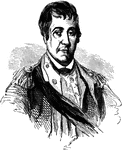
William Barton
William Barton (1748–1831) was an officer in the Continental Army during the American War of Independence…

U.S. Battle-ship Kearsarge
USS Kearsarge (BB-5), the lead ship of her class of battleships, was the first ship of the United States…
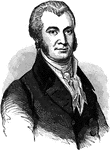
James Asheton Bayard
James Asheton Bayard was an American lawyer and politician from Wilmington, in New Castle County, Delaware.…
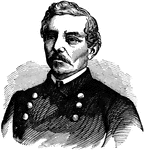
General Pierre Gustave Toutant Beauregard
Pierre Gustave Toutant Beauregard was a Louisiana-born author, civil servant, politician, inventor,…
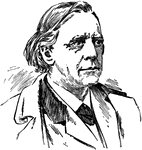
Henry Ward Beecher
Henry Ward Beecher was a prominent, theologically liberal American Congregationalist clergyman, social…
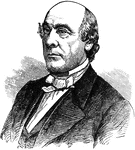
Henry Whitney Bellows
Henry Whitney Bellows was an American clergyman, and the planner and president of the United States…

Neilson House on Bemis's Heights
The mansion of Neilson, an active Whig at the time of the Battle of Bemis's Heights. It was the headquarters…
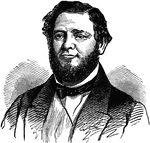
Judah Philip Benjamin
Judah Philip Benjamin (August 6, 1811 – May 6, 1884) was an American politician and lawyer. He was…

James Gordon Bennett
James Gordon Bennett (1 September 1795 – 1 June 1872), was the founder, editor and publisher of the…

Battle at Big Black River
The Battle of Big Black River Bridge, or Big Black, fought May 17, 1863, was part of the Vicksburg Campaign…

View on the Big Black River
The Battle of Big Black River Bridge, or Big Black, fought May 17, 1863, was part of the Vicksburg Campaign…
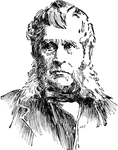
John Bigelow
John Bigelow (November 25, 1817 – December 19, 1911) was an American lawyer and statesman. He…

First American Paper Money, 1690
In 1690, The Massachusetts Bay Colony issued the first paper money in the colonies, called Colonial…
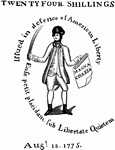
Reverse of a Massachusetts Treasury Note
In 1690, The Massachusetts Bay Colony issued the first paper money in the colonies, called Colonial…

Continental Draft
This is a thirty day sight draft bill of exchange for $24 / 120 livres tournois from the Continental…
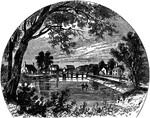
The Bridge at Bladensburg in 1861
The Battle of Bladensburg was a battle fought during the War of 1812. The defeat of the American forces…

A Confederate Blockade-Runner
The British ran a blockade of Southern ports with vessels carrying arms, ammunitions, and other supplies…
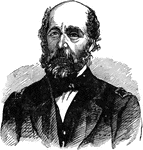
Captain Charles Stewart Boggs
Charles Stuart Boggs (28 January 1811 - 22 April 1877) served in the United States Navy during the Mexican-American…
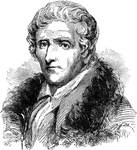
Daniel Boone
Daniel Boone was an American pioneer and hunter whose frontier exploits made him one of the first folk…
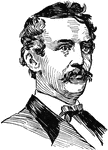
John Wilkes Booth
John Wilkes Booth was an American stage actor who assassinated Abraham Lincoln, the 16th President of…

Casting Tea Overboard in Boston Harbor
The Boston Tea Party was an act of direct action protest by the American colonists against the British…
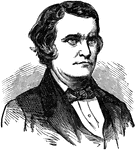
John Cabell Breckinridge
John Cabell Breckinridge was a lawyer, U.S. Representative, Senator from Kentucky, Vice President of…
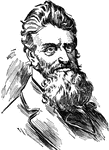
John Brown
John Brown (May 9, 1800 – December 2, 1859) was an American abolitionist who advocated and practiced…
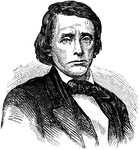
William Gannaway Brownlow
William Gannaway Brownlow was Governor of Tennessee from 1865 to 1869 and a Senator from Tennessee from…

Battle of Bull Run
The First Battle of Bull Run, also known as the First Battle of Manassas, was the first major land battle…

Ambrose Everett Burnside
Ambrose Everett Burnside (May 23, 1824 – September 13, 1881) was an American soldier, railroad executive,…
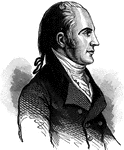
Aaron Burr
Aaron Burr, Jr. was an American politician, Revolutionary War hero and adventurer. He served as the…
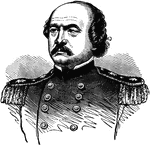
Benjamin Franklin Butler
Benjamin Franklin Butler (November 5, 1818 – January 11, 1893) was an American lawyer and politician…
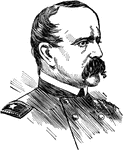
Daniel Butterfield
Daniel Adams Butterfield (October 31, 1831 – July 17, 1901) was a New York businessman, a Union General…
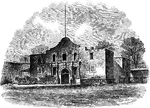
The Alamo
The Alamo, originally known as Mission San Antonio de Valero, is a former Roman Catholic mission and…

Ulysses S. Grant
Ulysses S. Grant, born Hiram Ulysses Grant (April 27, 1822 – July 23, 1885), was an American general…
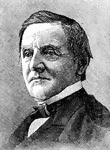
Samuel J. Tilden
Samuel Jones Tilden (February 9, 1814 – August 4, 1886) was the Democratic candidate for the U.S.…
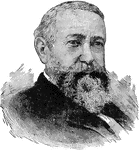
Benjamin Harrison
Benjamin Harrison (August 20, 1833 – March 13, 1901) was the twenty-third President of the United…
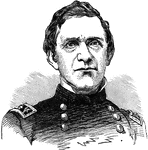
Edward Richard Sprigg Canby
Edward Richard Sprigg Canby (November 9, 1817 – April 11, 1873) was a career United States Army…


